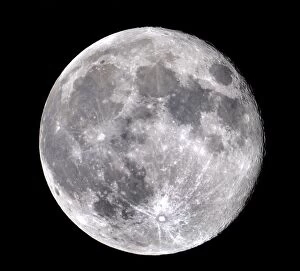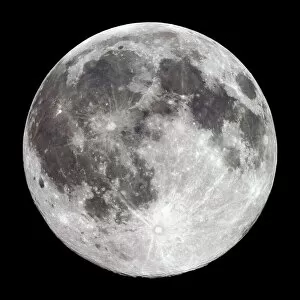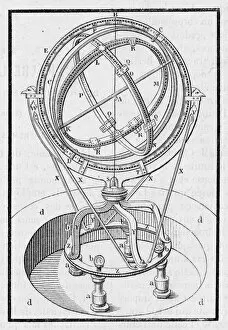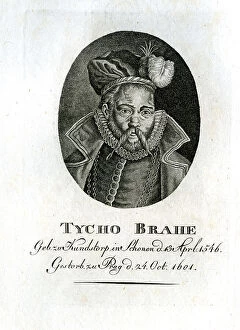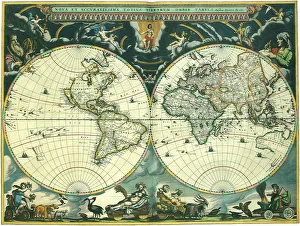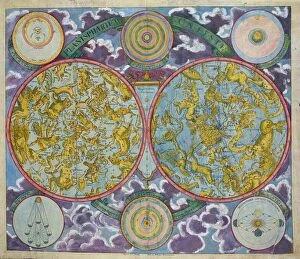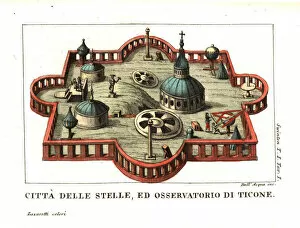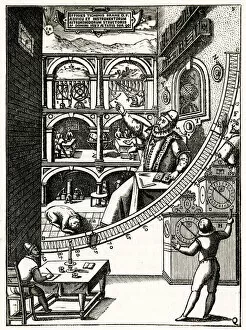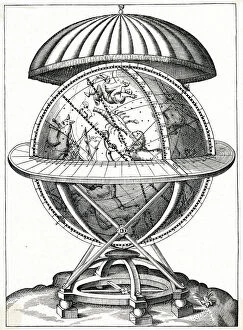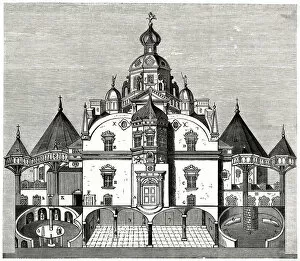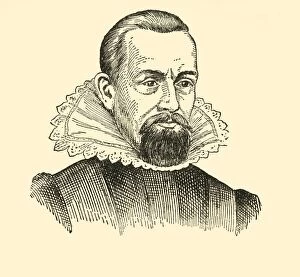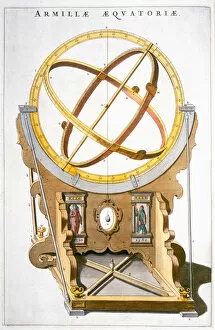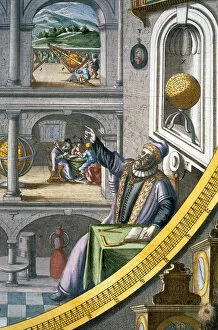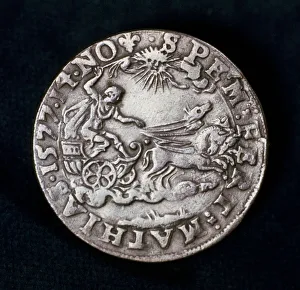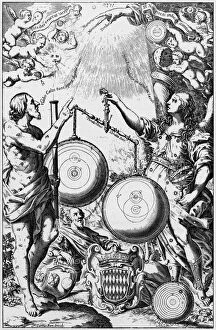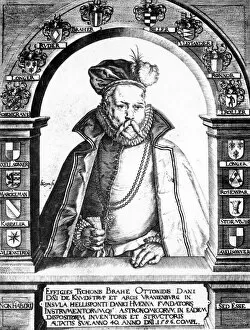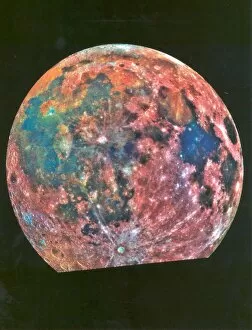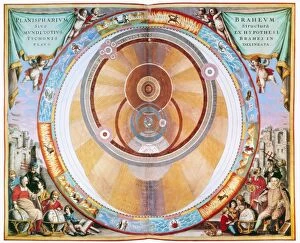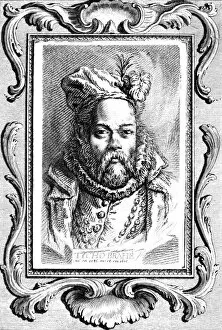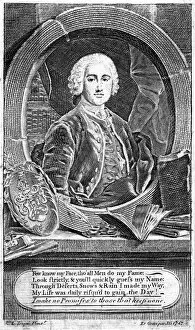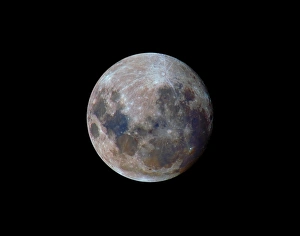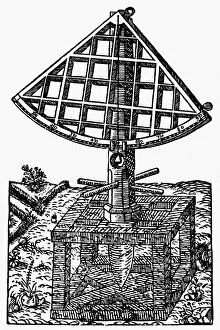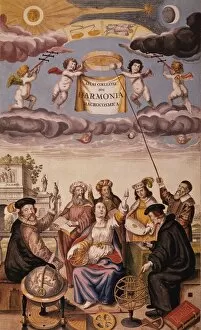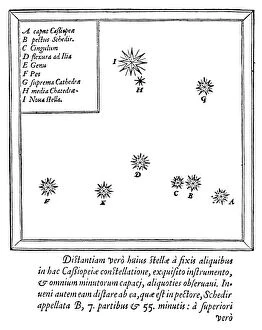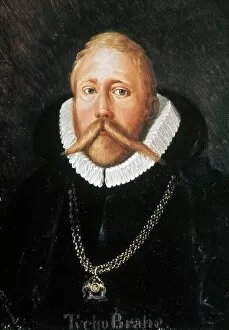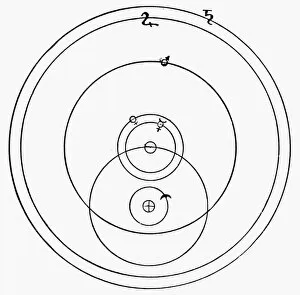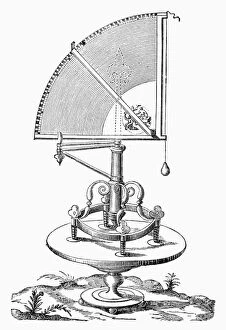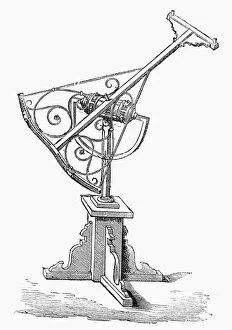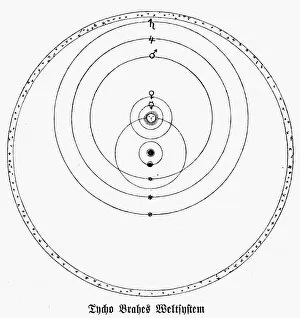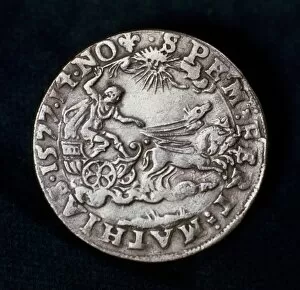Tycho Collection
"Exploring the Cosmos: Tycho Brahe's Legacy" Tycho Brahe, a renowned Danish astronomer of the 16th century, left an indelible mark on our understanding of the universe
All Professionally Made to Order for Quick Shipping
"Exploring the Cosmos: Tycho Brahe's Legacy" Tycho Brahe, a renowned Danish astronomer of the 16th century, left an indelible mark on our understanding of the universe. With his astrolabe and celestial map, he meticulously observed the night sky, capturing its wonders for future generations to marvel at. In his pursuit of knowledge, Tycho Brahe built Uraniborg, a grand observatory known as the City of Heaven. Here, under the glow of a full moon, he tirelessly studied celestial bodies and recorded their movements with precision. One of his most significant contributions was his discovery of a supernova in 1572. This event challenged traditional beliefs about the immutability of stars and ignited scientific curiosity across Europe. Tycho Brahe's dedication to accuracy is evident in his globe from 1584 - a testament to his commitment to mapping out our world and beyond. His meticulous observations paved the way for advancements in astronomy that continue to shape our understanding today. The Tycho Brahe Observatory stands as a tribute to this brilliant mind who revolutionized astronomical research during his lifetime. It serves as a reminder that even centuries later, we are still inspired by those who dare to explore uncharted territories. As we gaze up at the night sky or study images captured by modern telescopes, let us remember Tycho Brahe - an astronomer whose passion for unraveling cosmic mysteries has left an everlasting impact on humanity's quest for knowledge.

